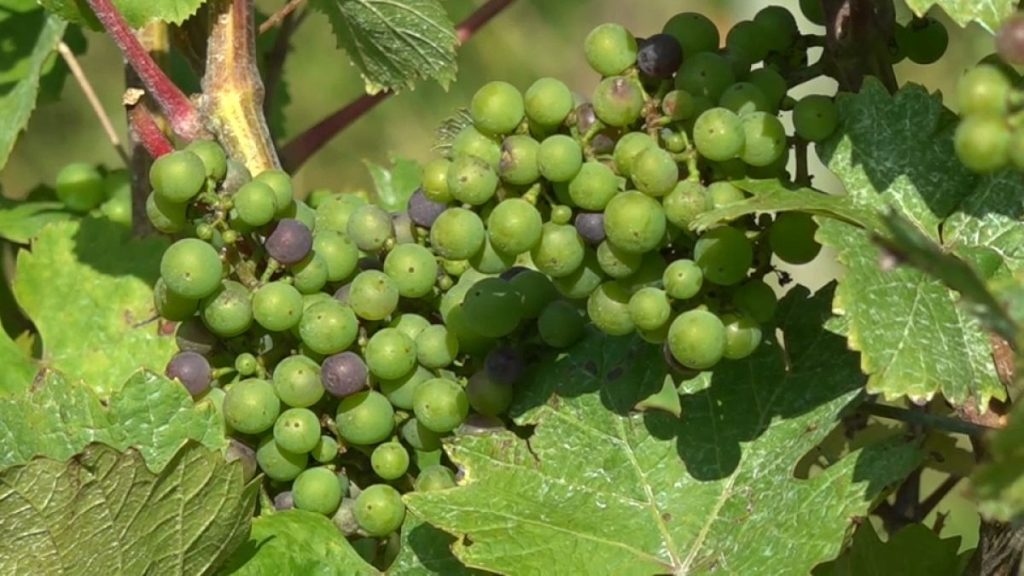Belgian winegrowers in the Walloon region are facing the challenge of adapting to climate change. While rising temperatures initially appear to be beneficial for vineyards in Belgium, with wine production increasing by 13% in 2023, there are also obstacles to overcome. The increase in vineyards in Belgium over the past decade is largely attributed to climate change, according to climatologist Sébastien Doutreloup. However, extreme weather events such as floods, rain, frost, and the spread of insects and diseases pose significant threats to the industry.
At Château Bon Baron in Wallonia near Dinant, owner and winemaker Jeanette van der Steen highlights the impact of climate change on their vineyard. She explains that warmer temperatures as a result of global warming cause vines to bud earlier, making them more susceptible to spring frosts. Furthermore, the appearance of insects and diseases previously more common in southern Europe is now moving northward, affecting vineyards in Belgium as well. In response to these challenges, winegrowers are adapting their techniques to protect their vines and ensure quality grape production.
One of the ways winegrowers are adapting to climate change is by implementing sustainable practices in their vineyards. For example, at Château Bon Baron, clay is spread on the vines to protect them from water and heat stress, while leaves are thinned out to create a thicker skin on the vines. This helps protect the grapes from various environmental factors, such as heat, cold, rain, and wind, as well as reducing the risk of insect attacks and diseases. These adaptations are crucial for maintaining the health of the vineyard and ensuring a successful harvest.
One of the significant challenges brought about by climate change is the changing timeline for harvests. As temperatures continue to rise, the start of the harvest season has shifted earlier in the year. When Jeannette Van der Steen began her career as a winegrower in the 2000s, the harvest in Wallonia typically began in mid-October. However, with rising temperatures, the harvest season now starts in early September, prompting winegrowers to closely monitor weather patterns to determine the optimal time for harvesting. This shift in the harvest timeline underscores the need for winegrowers to adapt to changing climatic conditions to maintain the quality of their grapes.
Overall, Belgian winegrowers in the Walloon region are facing the dual challenges and opportunities presented by climate change. While rising temperatures may initially seem beneficial for vineyards, the increased frequency of extreme weather events and the spread of insects and diseases pose significant threats to the industry. However, through the implementation of sustainable practices and adaptation techniques, winegrowers are working to protect their vines and ensure the continued success of their vineyards. By closely monitoring weather patterns and adjusting their methods in response to changing climatic conditions, winegrowers in Belgium are preparing to navigate the challenges of climate change while maintaining the quality of their wines.


